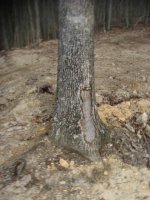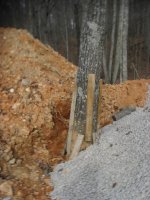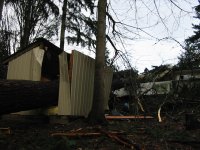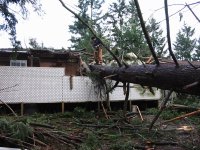Obed
Elite Member
I'm paranoid in three areas of this house building project:
We are doing the best we can to avoid these problems in our house. We told our construction manager to leave the tops of all the basement plumbing pipes uncovered. Once he has all the gravel under and around the pipes but not over the pipes, we will put a level on all the pipes and give approval for covering the pipes the rest of the way. He doesn't like us inspecting the work this way. However, my experience with people has been that the quality of work tends to go up when people know their work will be inspected.
- plumbing drains
- concrete
- waterproofing
We are doing the best we can to avoid these problems in our house. We told our construction manager to leave the tops of all the basement plumbing pipes uncovered. Once he has all the gravel under and around the pipes but not over the pipes, we will put a level on all the pipes and give approval for covering the pipes the rest of the way. He doesn't like us inspecting the work this way. However, my experience with people has been that the quality of work tends to go up when people know their work will be inspected.




